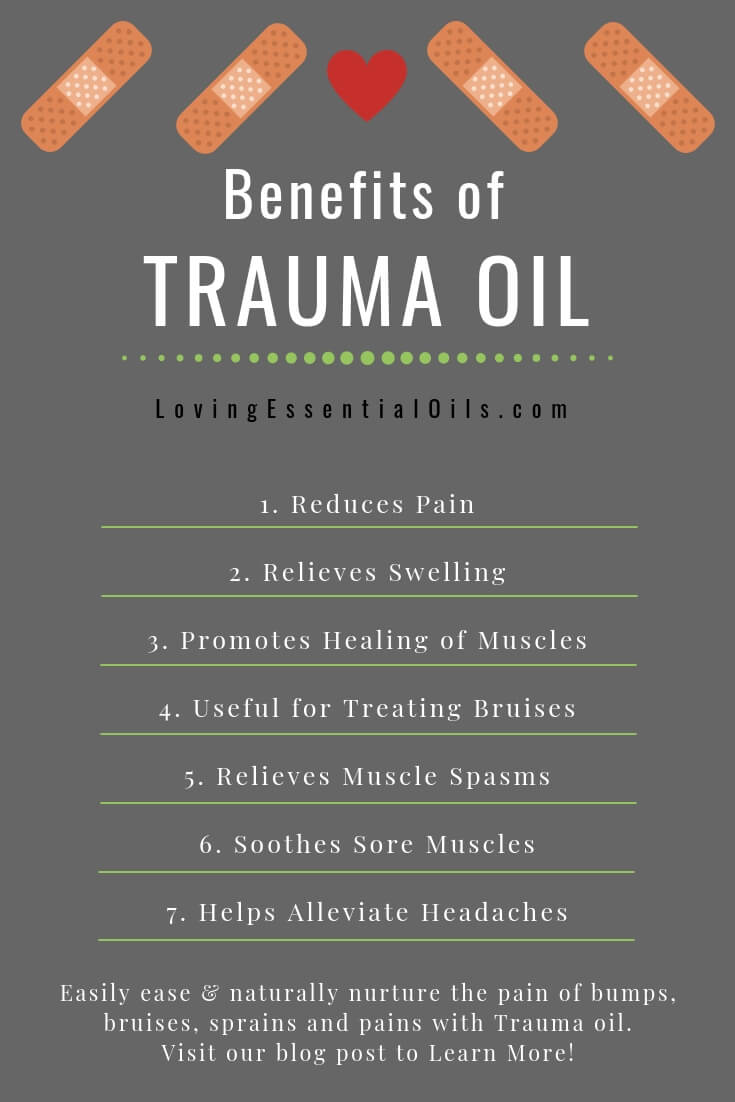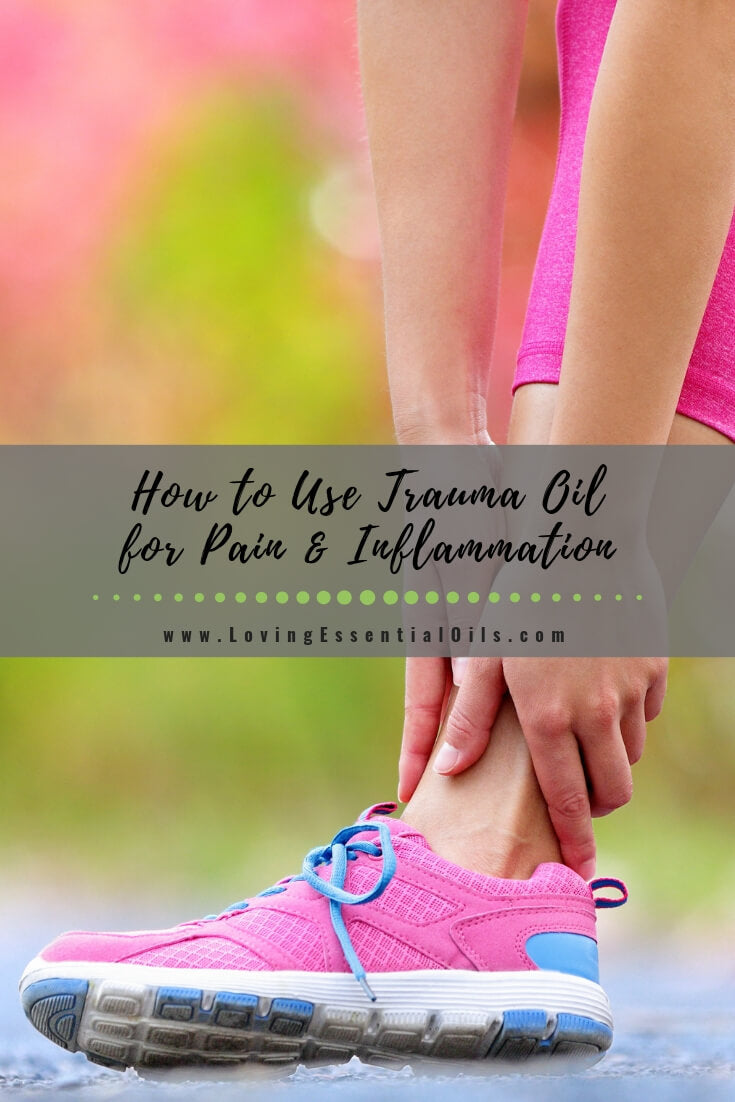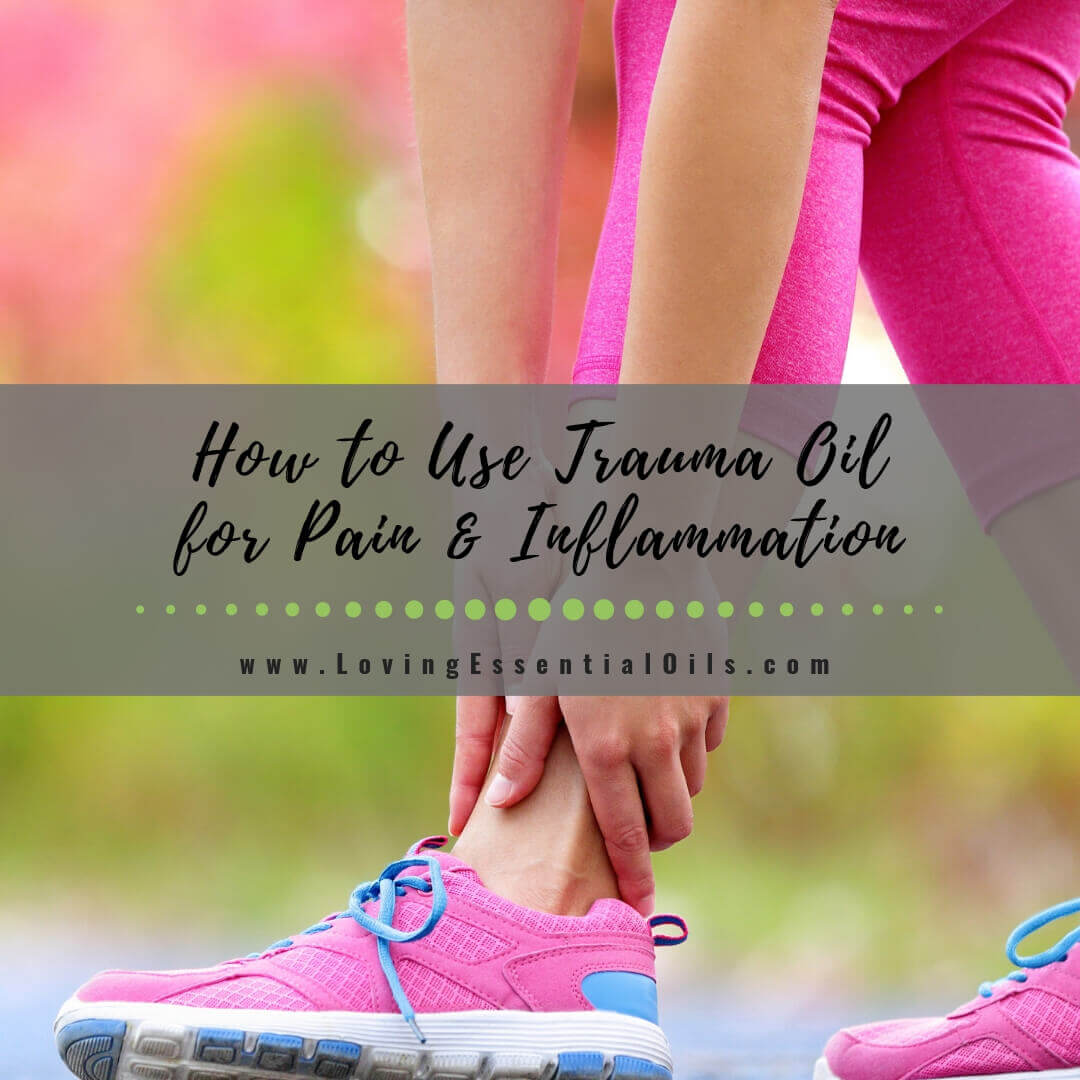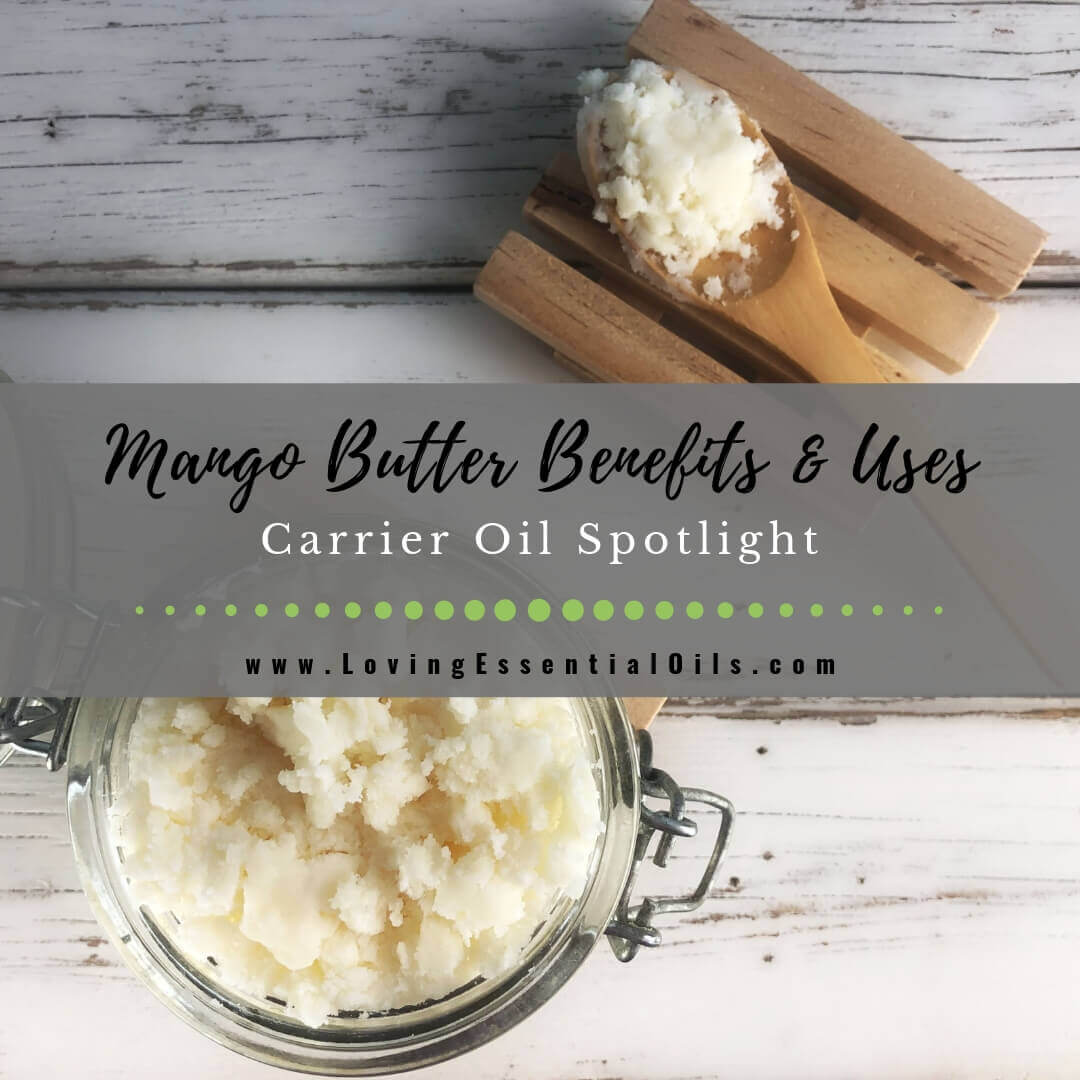You can easily ease and naturally nurture the pain of bumps, bruises, sprains, and pains with Trauma oil. Learn how to use trauma oil for pain and inflammation, plus enjoy using it as a carrier oil in our DIY pain recipe!
What are carrier oils? Carriers help dilute the potency of essential oils so that they can be used safely without irritation. They come in many different forms, such as butters, lotions, gels, and oils to name a few.
Many carriers even have therapeutic properties themselves, this is true of trauma oil. It is a favorite carrier oil of mine when I am blending essential oils for pain relief.
Let’s take a closer look at what Trauma Oil is, it’s astounding benefits, and how you can start using this amazing carrier oil today to enhance your health and wellness.
What is Trauma Oil?
This powerful oil is an infusion of three herbs into a carrier oil, typically olive oil, that come together to create an incredible pain-relieving and anti-inflammatory blend.
The pain relief properties in the Trauma Oil are due to its combination of herbs with natural healing powers. The three herbs are:
- St. John’s Wort: Is a powerful anti-inflammatory, highly antiseptic, antiviral, speeds up the healing process, and helps relieve cramps.
- Calendula: also known as marigold, calendula has been used medicinally for centuries and is great for reducing inflammation, treating damaged skin (unbroken), burns, rashes, and sprains.
- Arnica: Improves the local blood supply where applied, used to treat swelling, arthritis, and insect bites.
Trauma oil has a subtle and mild aroma, which allows it to easily blend with your favorite essential oils to create a variety of natural pain relief products!

Benefits Of Trauma Oil for Pain and Injuries
The ultimate carrier oil for recovery blends! Trauma Oil is profoundly comforting and moisturizing. It will give your muscles time to heal as it soothes away their aches with its deeply nourishing properties.
Here is a list of Trauma Oil Benefits for health and wellness:
1. Reduces pain
2. Relieves swelling
3. Promotes healing of muscles, ligaments, and tendon
4. Useful for treating bruises
5. Relieves muscle spasms, nerve pain, and arthritis
6. Soothes sore muscles
7. Helps alleviate headaches
How To Use Trauma Oil for Pain and More
Trauma Oil is a must-have oil in your arsenal because it is the ultimate blend of oils to aid you when you or your family has experienced an injury. It is wonderful in treating both acute and chronic pain.
This deeply soothing oil will help ease the pain when applied topically to the affected area and is gentle and effective, which means its safe to use for children.
- Use Trauma Oil by gently massaging it directly onto the injured area.
NOTE: Trauma oil should only be applied to skin that is NOT broken.
Check out our post on Essential Oils for Bruising where we use trauma oil as a carrier oil for bruise blends.

DIY Trauma Oil Recipe for Pain
When using essential oils for pain and joint discomfort, trauma oil is a perfect match to help soothe sore and achy muscles. Try this super powerful homemade massage oil with trauma oil and essential oils.
- 8 drops Juniper Berry essential oil
- 5 drops Copaiba essential oil
- 5 drops Lavender essential oil
- 1 oz Trauma Oil
- 1 oz dropper bottle
Directions: Add all ingredients to the bottle, swirl bottle to blend. To use, apply directly to the area of discomfort.
How to Make Trauma Oil with Calendula and Essential Oils
There are many recipes for trauma oil, but they all have one key ingredient in common: calendula. Calendula has been used for centuries to treat wounds, burns, and other skin conditions. It is gentle and soothing, making it perfect for use on sensitive skin.
To make your own trauma oil using calendula, start by infusing calendula flowers in a carrier oil such as olive oil or jojoba oil. Here is a simple tutorial for Making Calendula Oil at Home.
Once your trauma oil is made with the tutorial above, store the oil in a dark glass bottle and apply it to the skin as needed. You can add a few drops of essential oils such as lavender or chamomile to the mix.
Trauma oil can be used on cuts, scrapes, burns, and any type of pain. It helps to promote healing and prevents infection. With just a few simple ingredients, you can make your own healing trauma oil at home.
Where to Buy Trauma Oil?
Start harnessing the powers of trauma oil today, here are a few option:
- Herb Pharm Trauma Oil
- Teliaoils Trauma Oil (I haven't tried this brand yet)
- Aromatics Trauma Oil
Conclusion on Trauma Oil Uses and Recipes
Trauma oil is made from a variety of plants that have traditionally been used for their healing properties. The main ingredients in trauma oil are Calendula, Arnica, and St John's Wort. This unique blend of herbs has been shown to be effective in reducing inflammation, promoting tissue regeneration, and helping to relieve pain.
In addition, trauma oil can also help to reduce the appearance of scars and improve the overall health of the skin. When applied topically, trauma oil can provide a soothing and calming effect, making it an ideal treatment for those who have experienced physical or emotional trauma.
Share on Pinterest

What is a therapeutic grade essential oil? Therapeutic grade is simply a marketing term that any company can claim. No government agency or organization “grades” or “certifies” essential oils in the United States.
7 More Carrier Oils for Essential Oils and Blending
- Jojoba Oil: Mimicking the skin's natural oils, jojoba oil is easily absorbed without leaving a greasy residue. It helps in balancing the skin's oil production, making it suitable even for those with oily skin prone to dryness.
- Coconut Oil: Rich in fatty acids, Fractionated Coconut Oil provides hydration and forms a protective barrier on the skin to lock in moisture. It also possesses antimicrobial properties, making it beneficial for preventing skin infections.
- Argan Oil: Often referred to as 'liquid gold', argan oil is packed with vitamin E and essential fatty acids, making it a powerhouse for moisturizing dry skin. It absorbs quickly and can also help improve skin elasticity.
- Avocado Oil: High in vitamins A, D, and E, as well as omega-3 fatty acids, avocado oil benefits. Avocado Oil is exceptionally nourishing for the skin. It's particularly good for very dry or aging skin due to its ability to penetrate deeply and moisturize.
- Sweet Almond Oil: This lightweight oil is rich in vitamin E, a natural antioxidant that supports skin health. Sweet almond oil can help improve complexion and skin tone, besides relieving dryness.
- Olive Oil: Known for its antioxidant properties, olive oil is another excellent option for dry skin. It hydrates the skin by replenishing lost moisture and also provides a boost of nutrients.
- Rosehip Oil: Renowned for its healing properties, Rosehip Oil is great for not just moisturizing dry skin but also reducing scars and fine lines.





